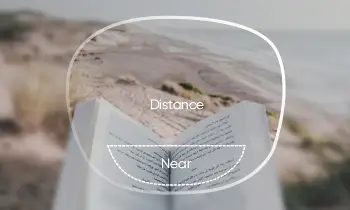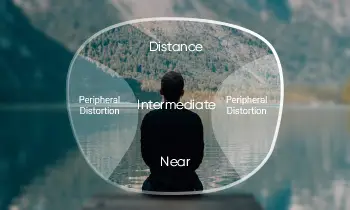In a sea of snow pile snowmen, snowball fighting, skiing, enjoy the snowy white after the heavy snowfall is what most people aspire to, especially those who live in places where the temperature is higher without snow. But also pay attention to eye protection and be wary of snow blindness.
What is snow blindness?
"Snow blindness, also known as electrophthalmia and ultraviolet eye injury, is damage to the conjunctiva and cornea of the eye caused by excessive exposure to ultraviolet light. The disease was first recognized as a result of damage to the unprotected eye caused by the intense ultraviolet light reflected from snow during prolonged walking in the snow, which can lead to temporary blindness in severe cases.
The white new snow surface of the sun's reflectivity is up to 95%. This time the snow surface of the light is close to the sun; looking directly at the snow surface is equivalent to looking directly at the sun; the eye is a transparent medium when the light is strong enough to penetrate the cornea, lens, vitreous body directly to the retina, causing direct damage to the eye.
Symptoms of snow blindness generally include tearing, redness, pain, pins and needles, sandy sensation, painful seeing, headache, loss of vision, blurred sense, and transient blindness.
Why don't polar bears get snow blindness?
Polar bears have adjustable pupils, and when the external light is intense, their pupils are adjusted very small to prevent excessive sunlight from stimulating the retina.

What about the Inuit living in the Arctic?
To avoid snow blindness, the Inuit wear oval wooden glasses with a small slit in the middle to prevent their eyes from stabbing, but the range of vision is limited to a few meters in front of them, so they can't help but stumble when walking.

The dangers of snow blindness
In addition to the intuitive pain associated with corneal damage, snow blindness can also cause damage to the fundus of the eye. However, unlike corneal injury, fundus damage does not show apparent symptoms quickly, and it usually takes 2-3 days or more for the macular edema to gradually become larger and affect vision. Generally speaking, mild edema can subside with metabolism and restore vision. Severe edema gradually decreases in pain after the treatment. However, it still leaves irreversible damage and causes sequelae - disappearing to appear as a fixed, unchanging black spot in the visual field.
How to give first aid when symptoms of snow blindness appear?
If snow blindness occurs outdoors, once symptoms and pain appear, promptly withdraw to a dark place and then carry out emergency treatment. - Check the eye condition; check whether there is no foreign body in the eye and whether there is mechanical damage. If wearing contact lenses, promptly remove them.
- Ice packs are mainly used to relieve painful symptoms.
- Rest with eyes closed; gently apply an eye shield or clean handkerchief or gauze to the eye and try to rest with eyes closed.
- The above methods are suitable for acute pain from corneal injury. After treatment, it must be sent to the hospital to be diagnosed by a professional doctor and given medication. After the repair of the cornea generally will not recur, but they must follow medical advice on time for medication treatment.




































